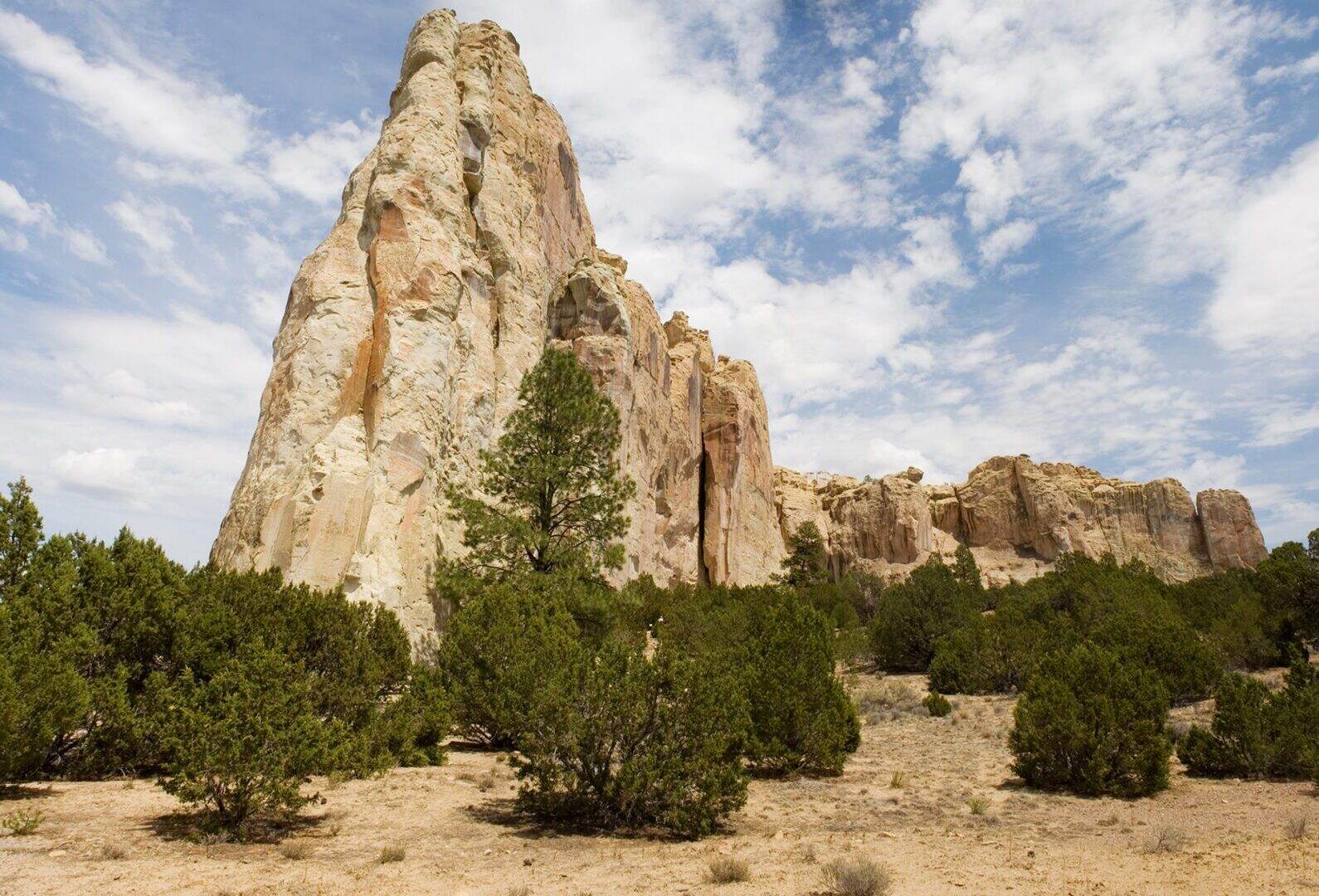Hidden Cave Art Of New Mexico’s El Morro

Have you ever imagined what stories ancient rocks could tell? El Morro National Monument in New Mexico holds secrets from the past, etched into its sandstone cliffs. This place is like a giant history book, with messages and drawings left by travelers over hundreds of years. Native Americans, Spanish explorers, and American pioneers all left their marks here. The carvings, known as petroglyphs, offer a glimpse into the lives and journeys of those who passed through. Walking along the trails, you can see these ancient messages up close. Each carving tells a unique story, connecting us to a time long ago. Whether you're a history buff or just curious, El Morro's rock art is a fascinating peek into the past. Visiting this monument feels like stepping back in time, where every stone has a story waiting to be discovered.
Discovering the Hidden Cave Art of El Morro
El Morro, a stunning sandstone bluff in New Mexico, is a treasure trove of ancient stories. For centuries, travelers have left their marks on this natural canvas, creating a unique tapestry of history. Let's explore some of the most fascinating hidden cave art found here.
Ancient Petroglyphs
Petroglyphs are rock carvings created by ancient peoples. At El Morro, these carvings tell tales of the past, offering glimpses into the lives of those who once roamed this land.
Zuni Sun Symbol
This symbol, carved by the Zuni people, represents the sun's life-giving power. It's a reminder of the deep connection between the Zuni and the natural world.Animal Figures
Various animals, like deer and bighorn sheep, are etched into the rock. These images likely held spiritual significance or recorded successful hunts.
Spanish Inscriptions
Spanish explorers and settlers also left their mark on El Morro. These inscriptions provide a written record of their journeys and encounters.
Juan de Oñate's Inscription
In 1605, Juan de Oñate, a Spanish conquistador, carved his name and the date into the rock. This is one of the oldest European inscriptions in the United States.Don Diego de Vargas
In 1692, Don Diego de Vargas, a Spanish governor, left a message celebrating his successful reconquest of New Mexico.
American Settlers' Marks
As American settlers moved westward, they too added their stories to El Morro's walls. These inscriptions reflect the hopes and challenges of a new era.
Lt. James H. Simpson
In 1849, Lt. James H. Simpson, an Army officer, documented his expedition through the area. His inscription is a testament to the spirit of exploration.Pioneers' Names
Many pioneers carved their names and dates into the rock, leaving behind a legacy of their journey westward.
Preservation Efforts
Preserving these inscriptions and petroglyphs is crucial for understanding the history of El Morro. Efforts are underway to protect this cultural heritage for future generations.
National Monument Status
El Morro was designated a National Monument in 1906, ensuring its protection and preservation.Conservation Programs
Ongoing conservation programs work to maintain the integrity of the rock art and prevent further erosion.
El Morro's hidden cave art offers a captivating glimpse into the past. Each carving and inscription tells a story, connecting us to the people who once called this place home.
Reflecting on El Morro's Ancient Art
El Morro's hidden cave art offers a unique glimpse into the past. These ancient carvings and petroglyphs tell stories of the Ancestral Puebloans, Spanish explorers, and American settlers who once traveled through this area. Each etching on the sandstone walls serves as a historical record, capturing moments of daily life, spiritual beliefs, and significant events. Visiting El Morro is like stepping back in time, where you can almost hear the whispers of those who left their marks. This site is not just a collection of old drawings; it's a testament to human resilience and creativity. As you explore, you'll gain a deeper appreciation for the cultures that shaped this region. El Morro's art reminds us of the importance of preserving history, ensuring future generations can also experience these stories etched in stone.

